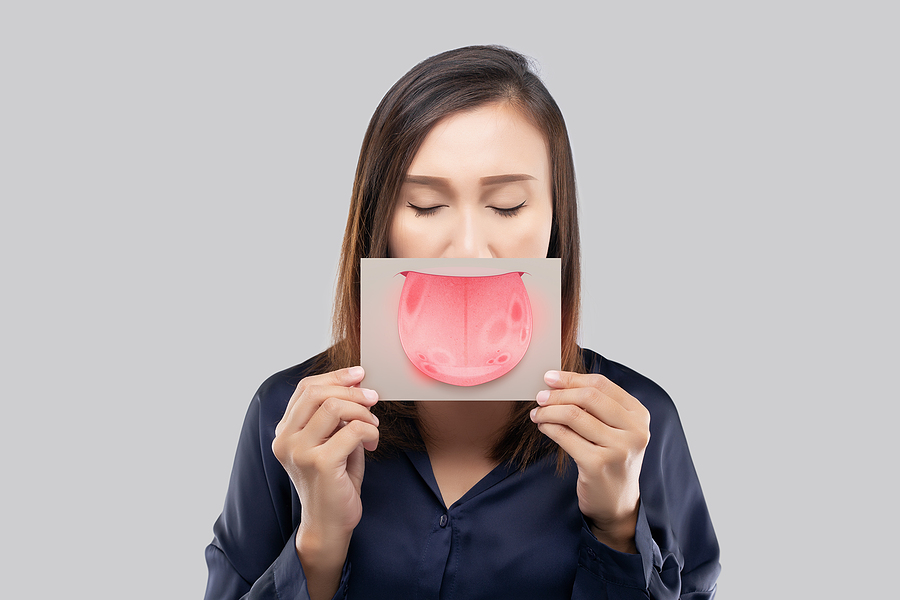How Sedation Dentistry Can Improve Your Dental Experience
Posted by Brittany Southeast Family Dental May 24,2024

Dental anxiety is a common issue that affects millions of people worldwide. Fear of dental procedures can lead to postponing or even avoiding essential dental care, which can, in turn, result in deteriorating oral health and more complicated and costly treatments down the line. Sedation dentistry has emerged as a powerful solution to address dental anxiety and enhance the overall dental experience for patients. Sedation dentistry involves medication to help patients relax and feel more comfortable during dental procedures. It is commonly called "sleep dentistry," although this term can be misleading. Most forms of sedation allow patients to remain awake and responsive, though deeply relaxed.
Types of Sedation Dentistry
Nitrous Oxide (Laughing Gas)
Nitrous oxide is the mildest form of sedation inhaled through a mask over the nose. It induces relaxation and euphoria, helping patients feel calm during their dental procedure. The effects wear off quickly, allowing patients to drive themselves home after their appointments.
Oral Sedation
Oral sedation involves taking a prescribed medication, such as diazepam or triazolam, before the appointment. The medication induces a deeper state of relaxation compared to nitrous oxide. Depending on the dose, oral sedation can range from minimal to moderate, where patients might feel drowsy but remain awake and responsive.
Intravenous (IV) Sedation
IV sedation involves administering sedative drugs directly into the bloodstream through an IV line. This method provides a deeper level of sedation and is typically used for more complex or lengthy procedures. Patients under IV sedation are usually conscious but deeply relaxed and might not remember much of the procedure.
General Anesthesia
General anesthesia induces a state of complete unconsciousness, where the patient is entirely asleep and unaware of the procedure. It is reserved for extensive dental work, oral surgeries, or patients with severe dental anxiety or special needs. General anesthesia requires careful monitoring by an anesthesiologist or a specially trained dental professional.
Types of Patients Who Benefit from Sedation Dentistry
- Individuals with severe dental anxiety or phobia are the primary beneficiaries of sedation dentistry. The calming effects of sedation make it possible for them to undergo necessary dental treatments without overwhelming fear.
- For those who are particularly sensitive to pain or have a low pain threshold, sedation can significantly enhance comfort during dental procedures.
- A strong gag reflex can impede dental work and cause discomfort. Sedation helps to relax the reflex, making dental procedures more manageable.
- Individuals with cognitive impairments, physical disabilities, or behavioral challenges may find sedation dentistry beneficial as it allows them to receive dental care in a controlled and stress-free environment.
- Sedation can make the experience more tolerable and efficient for patients needing multiple or lengthy procedures by consolidating treatments into fewer visits.
The Benefits of Sedation Dentistry
Reducing Dental Anxiety and Fear
One of the primary benefits of sedation dentistry is its ability to alleviate dental anxiety and fear. Patients who have had traumatic dental experiences or suffer from generalized anxiety disorders can find significant relief through sedation, allowing them to receive necessary dental care without the associated stress.
Increasing Comfort During Procedures
Sedation can make dental procedures more comfortable by dulling the sensations in the mouth and reducing the patient's awareness of time passing. This is particularly beneficial for lengthy procedures or those involving multiple steps.
Minimizing Gag Reflex
A strong gag reflex can make dental procedures challenging for the patient and the dentist. Sedation helps relax the gag reflex, making it easier for the dentist to perform the necessary work without causing discomfort.
Enabling Multiple Procedures in One Visit
For patients requiring extensive dental work, sedation allows multiple procedures to be performed in one visit. This reduces the need for multiple appointments and can expedite the treatment process, ultimately saving time and reducing the overall stress associated with dental visits.
Improving the Quality of Dental Care
Dentists can work more efficiently and accurately when patients are relaxed and cooperative. Sedation reduces involuntary movements and discomfort, allowing the dentist to focus on providing high-quality care without the distractions of patient anxiety or discomfort.
What to Expect During and After Sedation Dentistry
Pre-Procedure Preparation
Before your appointment, your dentist will provide instructions on preparing for sedation. This may include dietary restrictions, such as avoiding food and drink for a certain period before the procedure. You'll also be advised on the type of sedation to be used and what to expect.
During the Procedure
The administration of sedation depends on the chosen method. For nitrous oxide, you'll inhale the gas through a mask. For oral sedation, you'll take a prescribed pill before your appointment. IV sedation involves inserting an IV line into your arm, and general anesthesia requires an injection or inhalation of anesthetic drugs.
Once the sedation takes effect, you'll feel relaxed and comfortable. You might remain conscious but feel drowsy and indifferent to the procedure. For deeper sedation levels, you may need to remember the procedure. The dentist will perform the necessary dental work while monitoring your vital signs to ensure your safety.
Post-Procedure Recovery
After the procedure, you'll be monitored until the sedation effects diminish. The duration of recovery depends on the type of sedation used. Nitrous oxide wears off quickly, allowing you to resume normal activities almost immediately. Oral and IV sedation might require you to rest for a few hours until the drowsiness subsides. General anesthesia requires a more extended recovery period, and you'll need someone to drive you home.
Don't let dental anxiety or fear stand in the way of your oral health. Discover the benefits of sedation dentistry and enjoy a comfortable, stress-free dental experience. Visit Southeast Family Dental at 6020 Southeastern Ave, Indianapolis, IN 46203, or call the Dentist in Indianapolis, IN, at (317) 359-8000 to schedule your consultation and learn more about how sedation dentistry can transform your next visit.
More Blog Posts
Office Hours
MON - THU8:00 am - 5:00 pm
FRI8:00 am - 2:00 pm
SAT - SUNClosed




